Discussion on Carbon Peaking and Carbon Neutrality | BEWG’s Exploration and Practice 2021-09-29
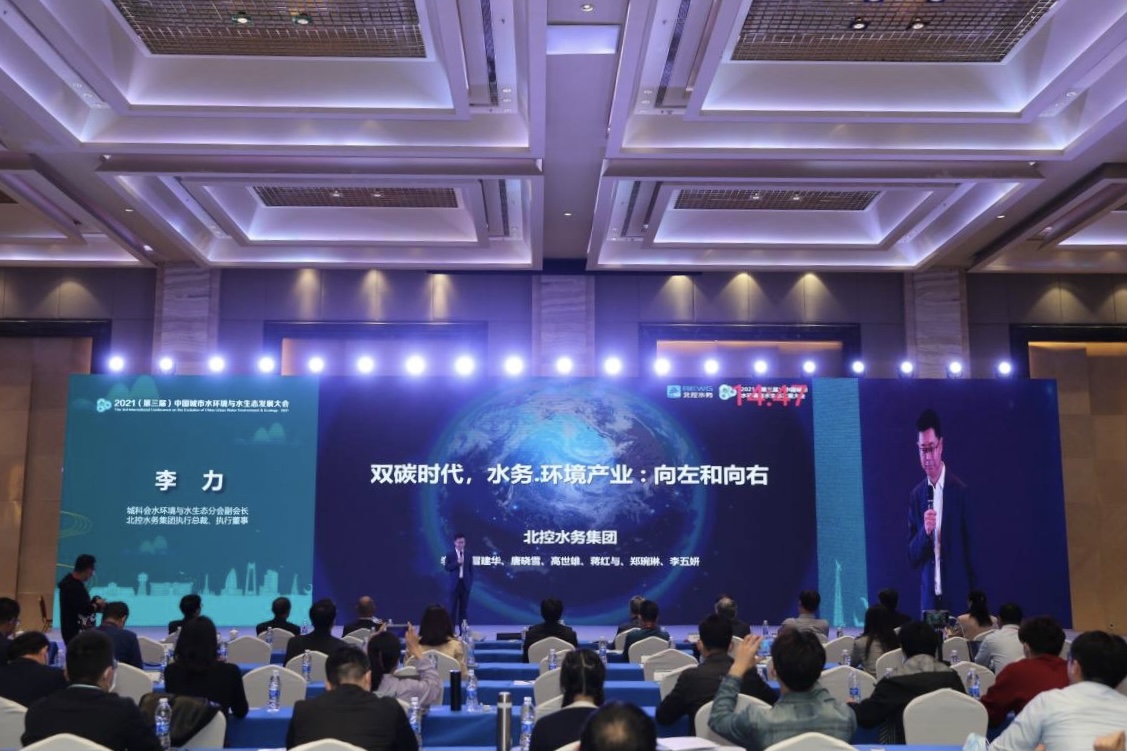
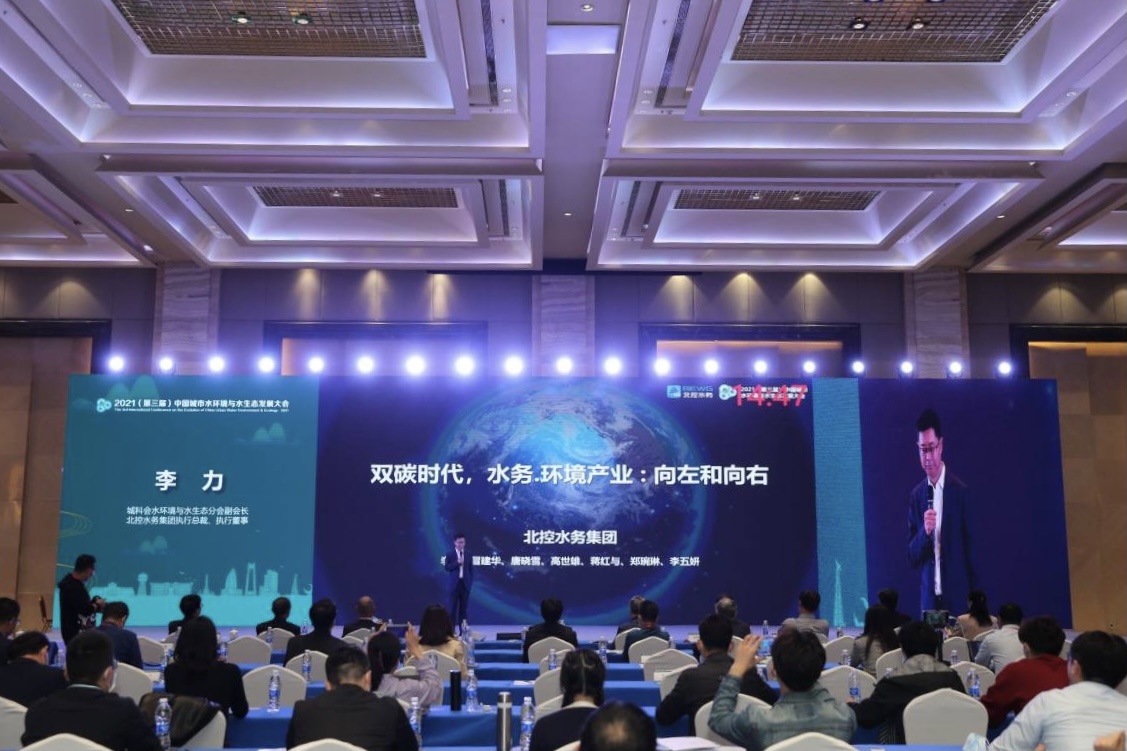
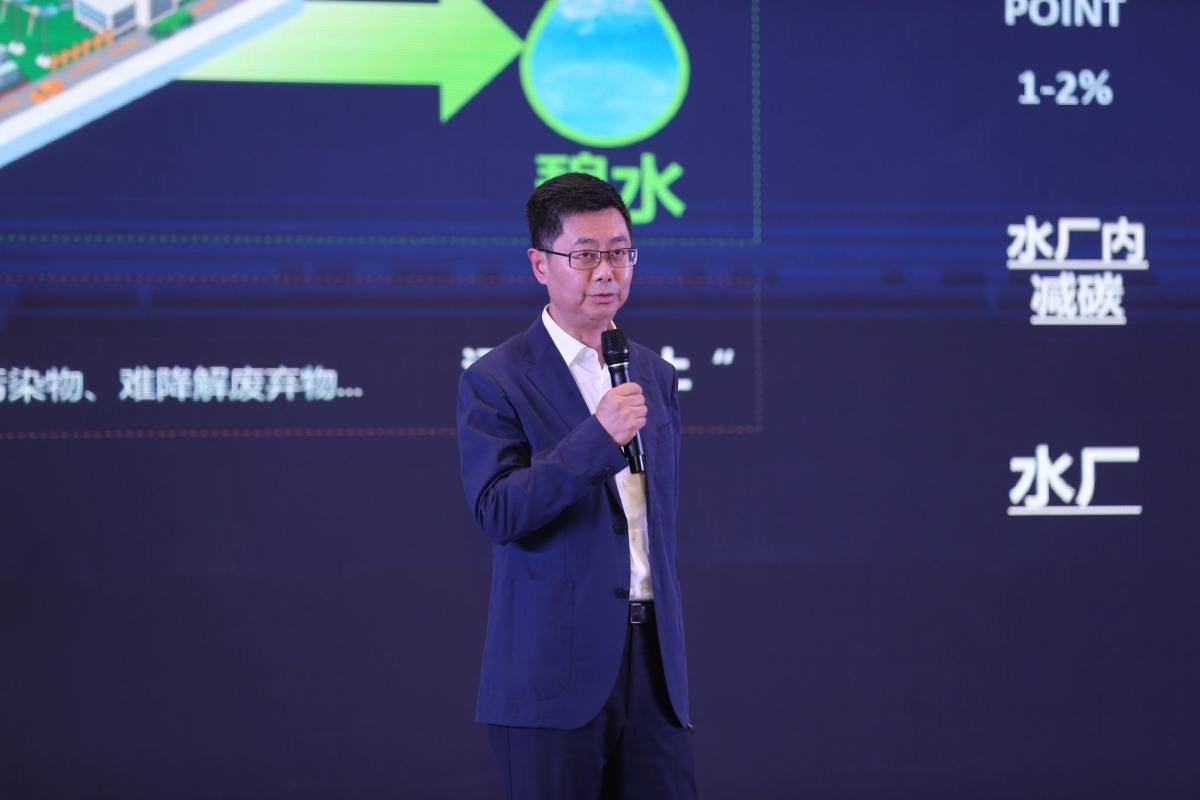
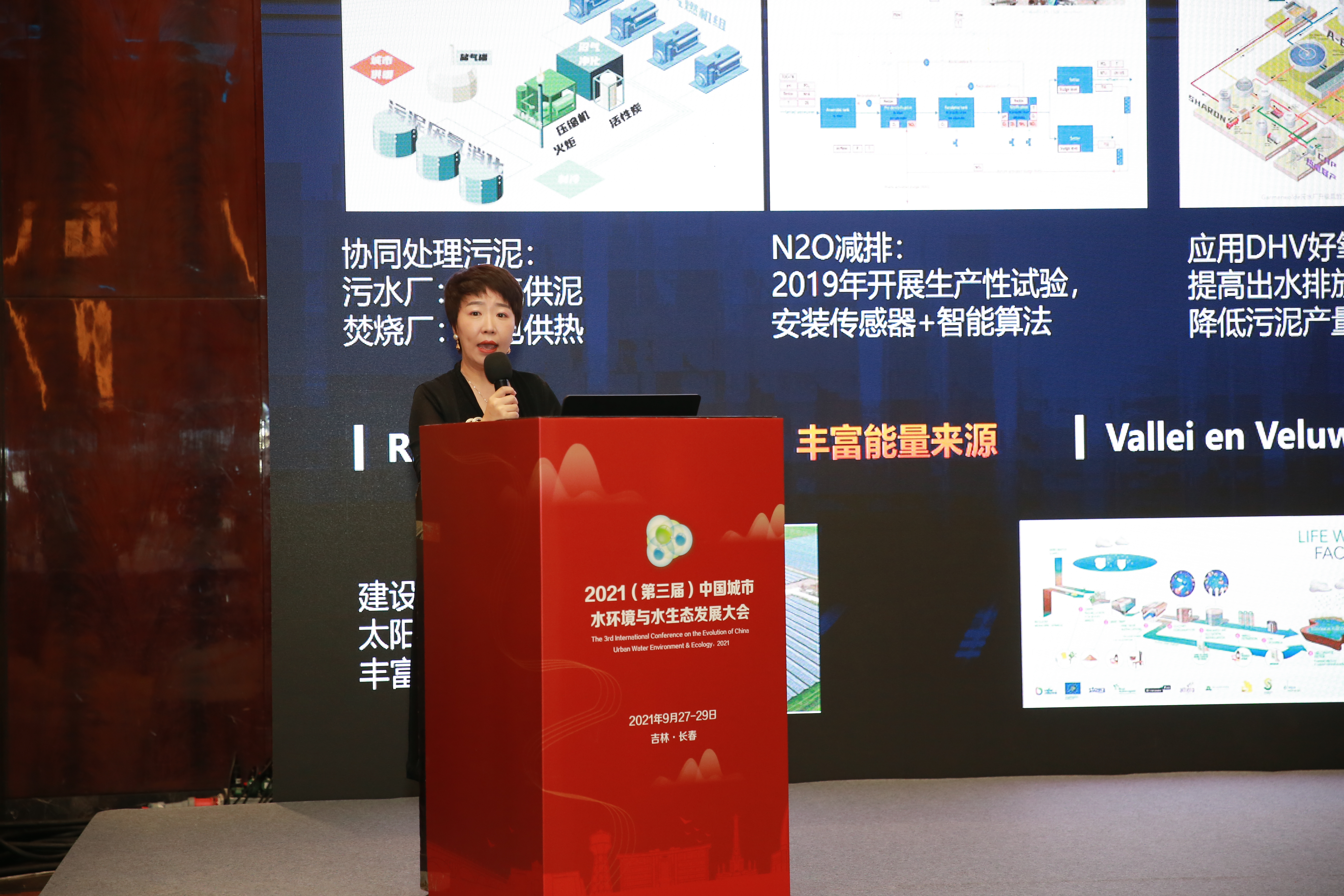
The establishment of the epoch-making strategy of "achieving carbon peaking before 2030 and carbon neutrality before 2060" has a profound impact on the mode and road of China's economic and social development, and rapidly promotes and accelerates China's transformation to green and efficient development.
From September 28 to 29, the the 3rd International Conference on the Evolution of China Urban Water Environment & Ecology, 2021, held in Changchun, Jilin Province, was themed on "Urban Water Circulation and Carbon Neutrality". Centering on the theme, BEWG spoke strongly and and systematically interpreted the new direction, new opportunities and new development of the water environment industry. Representatives from governments, members of the Water Environment & Ecology Council and enterprises, experts, scholars and engineers from all over the country who are engaged in the production, education and research of water environment and water ecology attended the conference.
★ Environmental industry ★
Reducing carbon and increasing efficiency on one hand, and keeping resilient and collaborative on the other
Li Li, CEO of BEWG, was invited to give a keynote speech on "Environmental Industry in the Era of Carbon Peaking and Carbon Neutrality: Working along Both Lines" in the main session of the conference, focusing on the deep thinking and exploratory practice of the environmental industry with the water industry as the main body in coping with global climate change under the context of carbon peaking and carbon neutrality.
"Carbon emissions of the sewage treatment industry only account for 1-2% of the total emissions of the society, so the water industry should choose to lie flat? or choose to take greater undertakings and responsibilities?" Mr. Li raised the problem about this industry at the beginning. He put forward the coping strategy of reducing emissions and carbon on the one hand and the adaptive strategy of keeping resilient and collaborative on the other.
Mr. Li said, on the one hand, we actively responded and redoubled our efforts in all areas of the water industry with water plants as the focus, and that first, we should do a good job in accounting for carbon emissions in the whole service cycle of water plants. He also pointed out that although the one-time greenhouse gas emissions in the construction process of water plants are the highest, they accounted for only 12% in their whole service cycle, while the unit with the most carbon emission in the water plants at present were actually electricity consumption (accounting for 47%) and direct greenhouse gas emissions (accounting for 41%).
Only by grasping the core and key points of carbon emissions can we make the measures of emission reduction and carbon reduction targeted, and achieve the target of 1-2% carbon emission reduction through technological and management innovation, energy conservation and resource utilization;
Taking the water plant as the origin, extending linearly, from septic tank and pipeline to sludge, tail water and direct sewage discharge, 2-5% carbon emission reduction capacity was enabled, to realize the quality improvement and efficiency improvement of the water system;
Through the improvement of water basin, the surface impact is further expanded, and the "plant-pipeline-river" was expanded to mountains, rivers, forests, farmland, lakes, grasslands, glaciers and snow mountains, thus expanding to 5-8% carbon emission reduction impact;
As an important "blood vessel" of a city, the urban water circulation system not only has practical demand and scale potential in the process of realizing carbon neutrality, also its own practice will play a demonstrating, leading and promoting role in other fields and industries, and achieve a win-win situation of social and economic benefits.
It is estimated that through cross-industry cooperation, the water industry can realize the leap of social responsibility in four dimensions: point, line, area and body, empower the five major industries, and further tap the carbon emission reduction potential of 8-12%.
Mr. Li pointed out that even if strict greenhouse gas control measures were successfully adopted and the whole society achieved zero emissions, the inertia of climate change has already been a fact and may not be able to stop in a short time, so we should make preparations for active adaptation and keep resilient and collaborative on the other hand. Taking the water industry as an example, it is necessary to further consolidate the guarantee, enhance the system resilience, and reconfigure the society and ecosystem to adapt to the greater uncertainty in the future. Mr. Li also systematically introduced the four concepts and technical measures of resilience and collaboration of "multi-source water supply, resilient drainage, ecological water purification and intelligent management" of BEWG: that is, to use the reclaimed water to create a second urban water source with stable water quantity and controllable water quality; to strengthen the end node of the source and build a resilient drainage system; to build a flexible water purification system for rivers and lakes; and to adopt intelligent management and control to improve operation efficiency of the systems.
Finally, Mr. Li emphasized that in the era of carbon peaking and carbon neutrality, the water environment industry needs to exert its strength in a double-footed way, oppose involution of adventurism and opportunism, and put an end to lying flat of conservatism and capitulationism.
★ Practice sharing ★
Promoting carbon reduction and efficiency improvement in the whole service cycle of sewage treatment
At the Thematic Forum on Comprehensive Utilization of Water Resources and Carbon Neutrality, An Yingyu, General Manager of the Product Center of the Group, gave a keynote report named Thinking and Practice on Carbon Emission Reduction Scheme in the Whole Service Cycle of Sewage Treatment. The report deeply analyzed the carbon emission reduction links in the whole service cycle of sewage treatment plants, and advocated that the industry can make joint efforts to guide political consensus with scientific cognition.
Ms. An introduced a series of international advanced carbon emission reduction cases, including WWTP Amsterdam West, and shared her successful carbon emission reduction measures in sludge collaborative incineration, intelligent sensing control of N2O emission reduction, DHV aerobic granular sludge process, photovoltaic solar energy utilization, nitrogen and phosphorus recovery, etc., which are worth learning by domestic counterparts. She expounded the accounting scope and accounting method of carbon emission reduction in the whole process and cycle of sewage treatment system. On this basis, four emission reduction directions were put forward for the internal and external dimensions of the sewage treatment plant, and different levels of carbon emission reduction can be realized through energy saving and consumption reduction, new process development, construction and material saving application in the sewage treatment plant.
Finally, Ms. An shared the excellent cases of BEWG at home and abroad, Such as Malaysia Pantai Phase II Sewage Treatment Plant, Luoyang Chandong Sewage Treatment Plant, Beijing Daoxiang Underground Reclaimed Water Plant, Qingdao Jiaonan Sewage Treatment Plant, etc. Their wide application in rainwater and reclaimed water utilization, sludge anaerobic digestion for power generation, sludge composting, sludge cooperative incineration, water source heat pump utilization and photovoltaic power generation vividly demonstrated the achievements made by BEWG, and highlighted its positive and optimistic attitude in the field of carbon emission reduction and its firm determination to continue to lead the industry to achieve carbon peaking and carbon neutrality in the future.
There is much more work yet to be done in achieving carbon peaking and carbon neutrality, which needs to be promoted through overall efforts. By integrating the concept of "green priority" into various scenes such as space, ecology, resources and life, and optimizing the existing economic system, a high-quality development pattern can be truly formed. In this context, BEWG will devote itself to scientific and technological research and development and new technology promotion, continuously build excellent operational capabilities, and promote economic and social development based on efficient utilization of resources and green and low-carbon development, to comprehensively enable the achievement of the goal of carbon peaking and carbon neutrality.
More
-
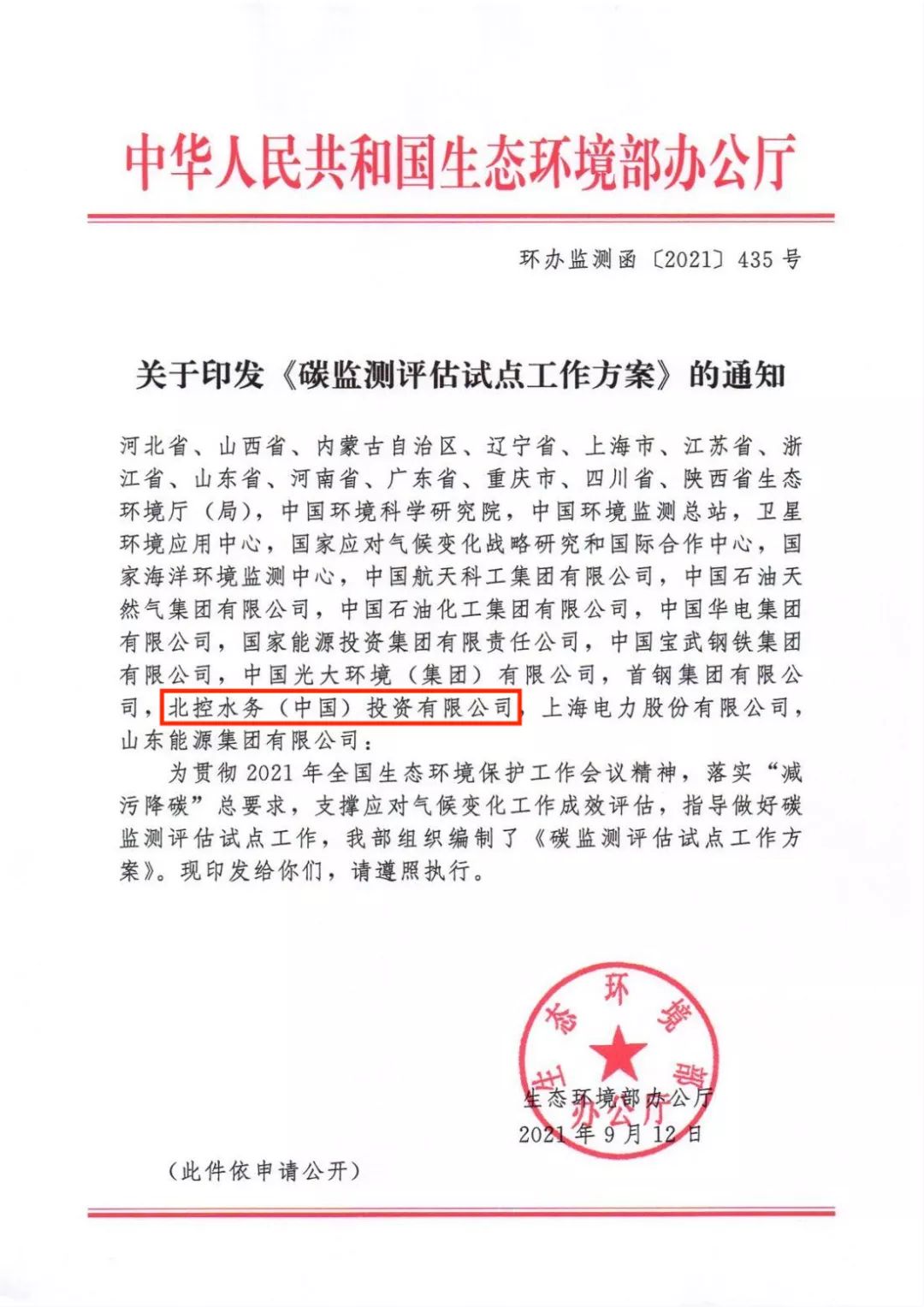
Beikong Water was selected as one of the first carbon monitoring and assessment pilot projects of the Ministry of Ecology and Environment
-
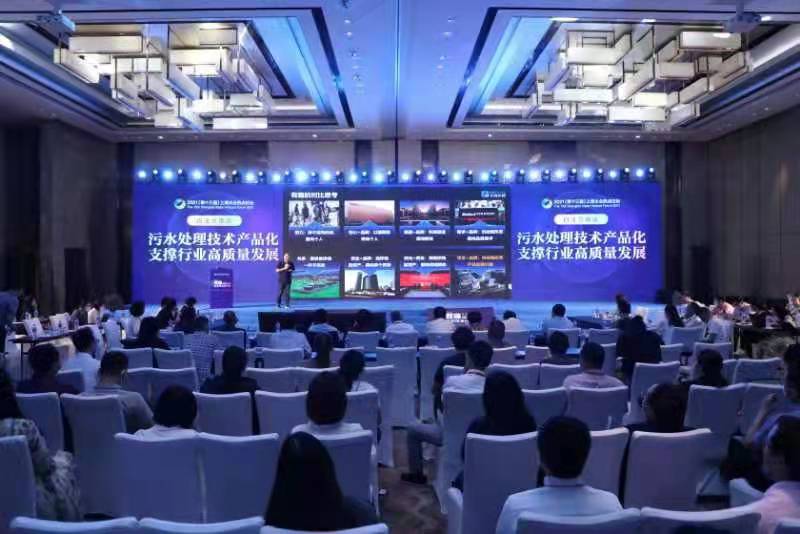
Group Appearance of BEWG Products at Shanghai Water Industry Hot Topics Forum
-

BEWG actively explores the green and low-carbon development road of sewage treatment industry







